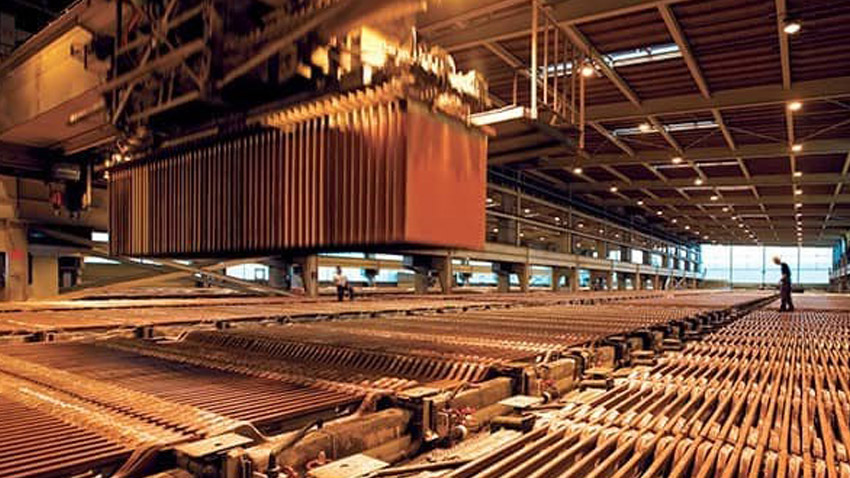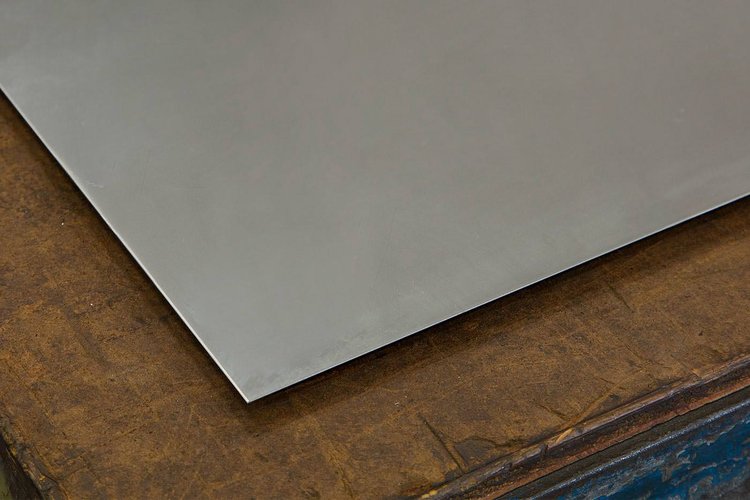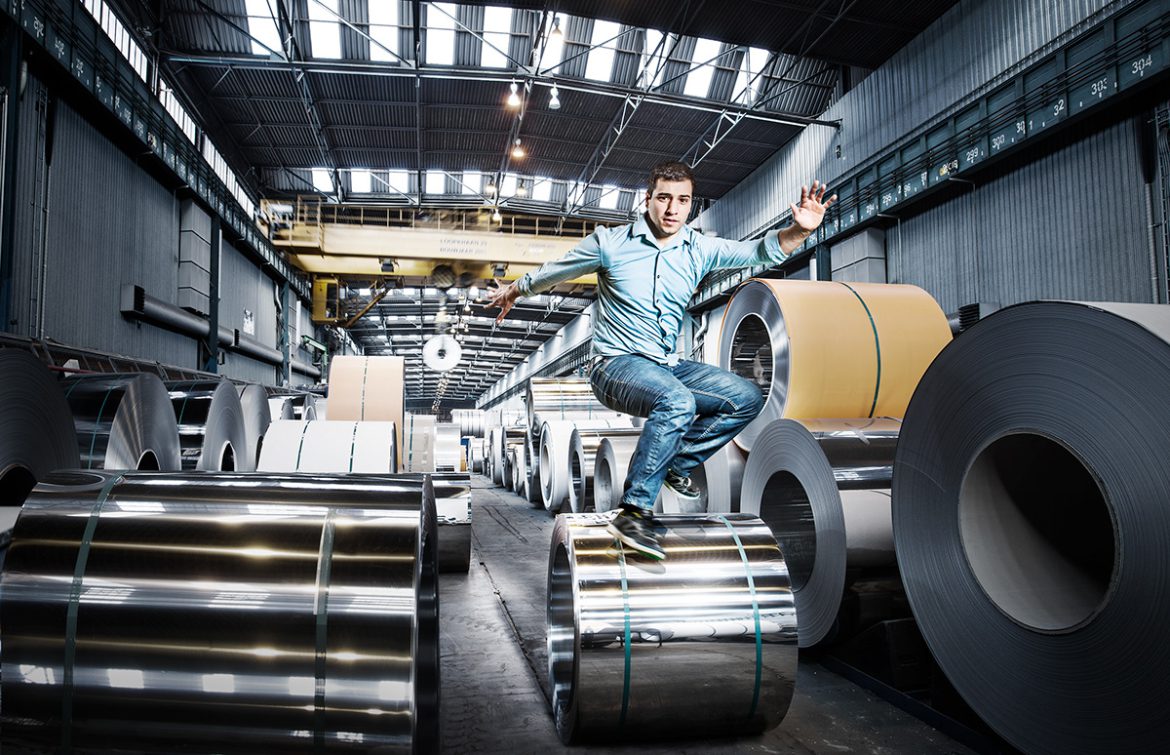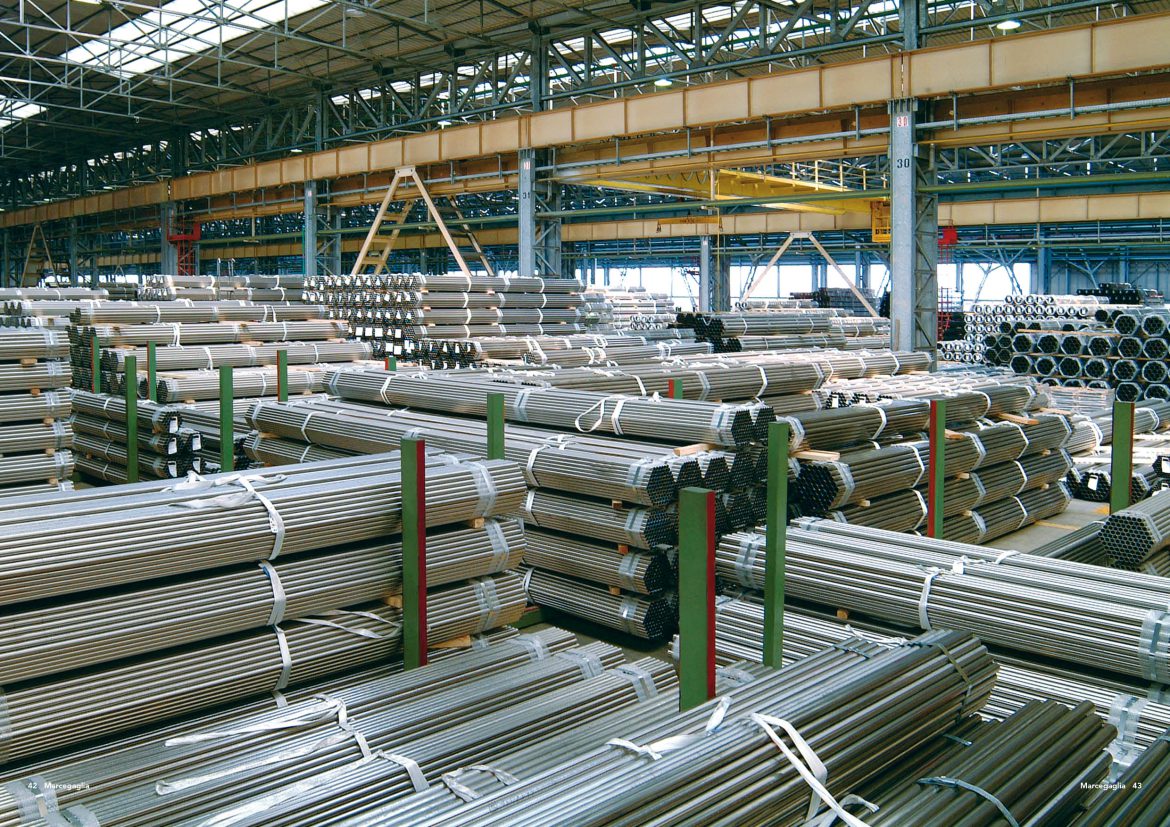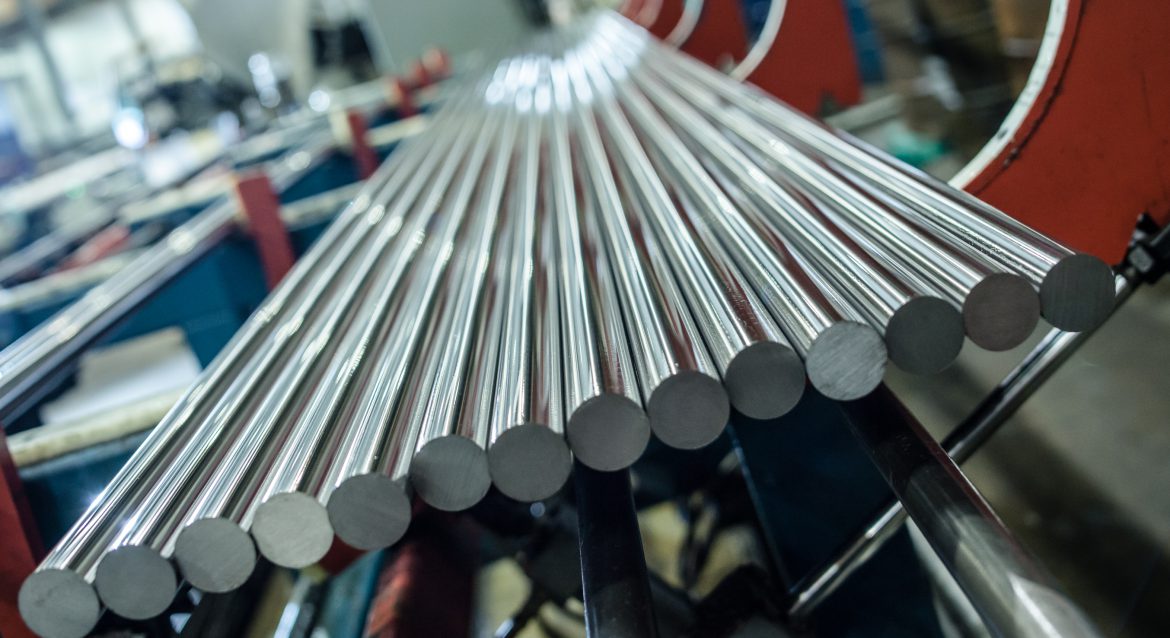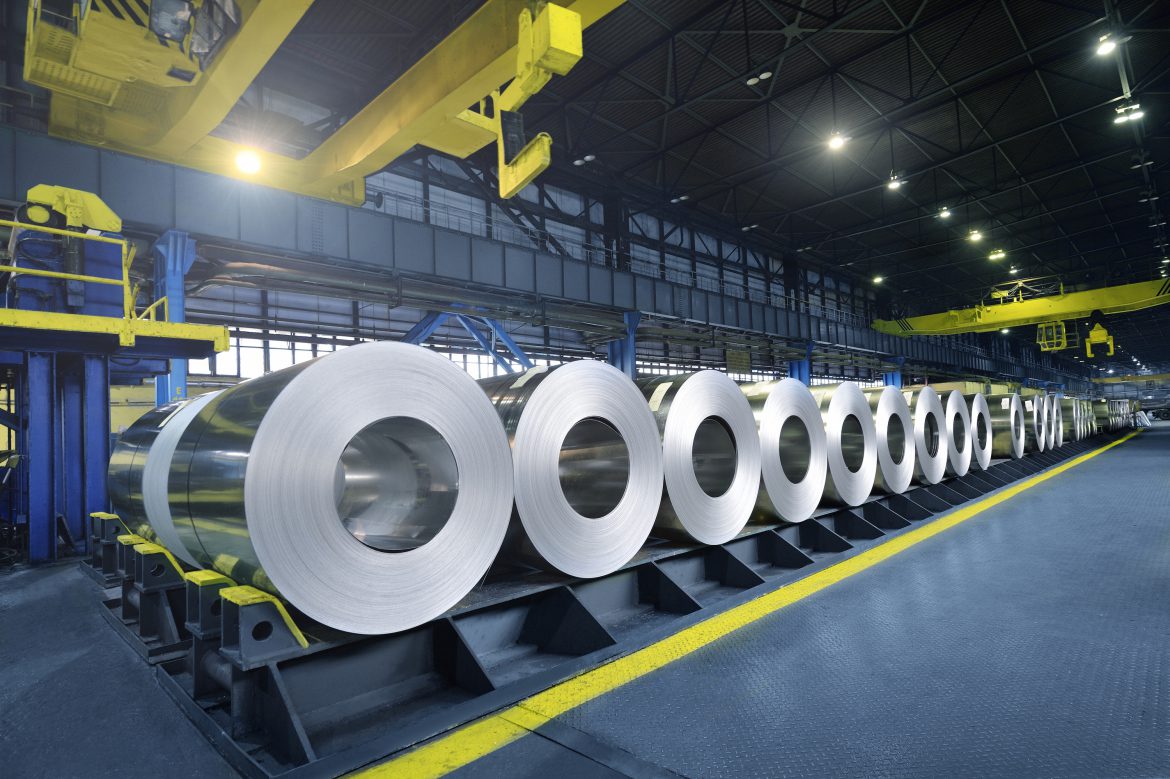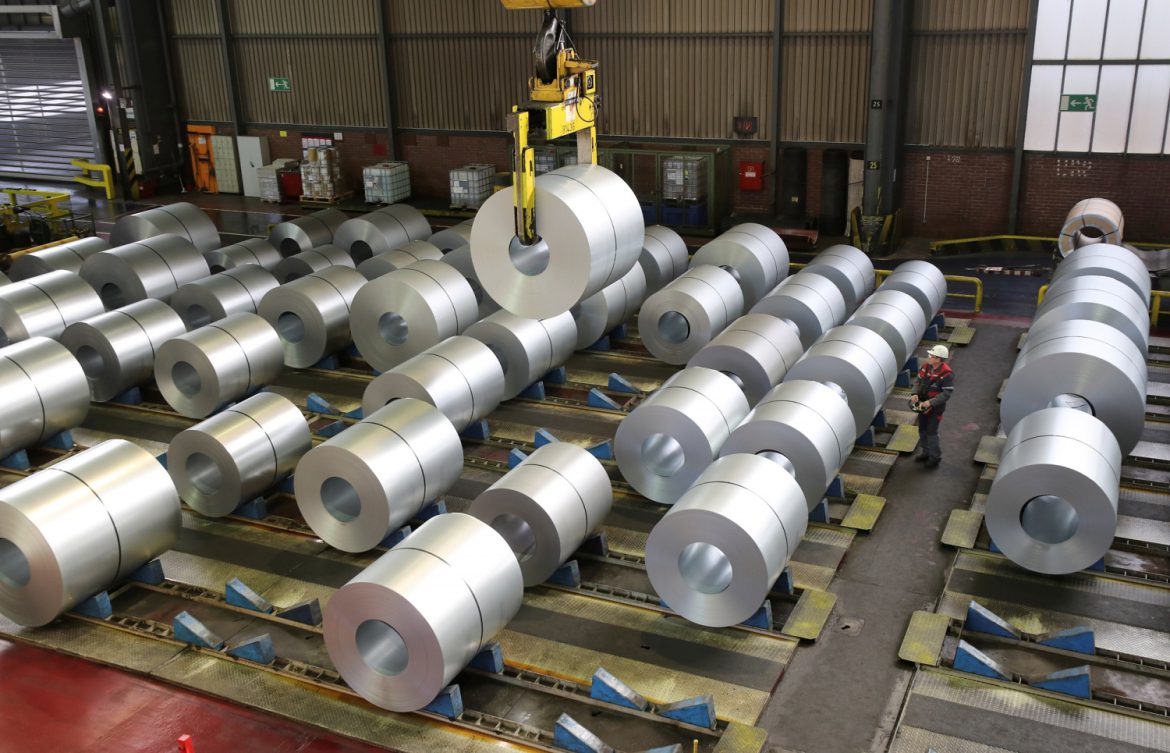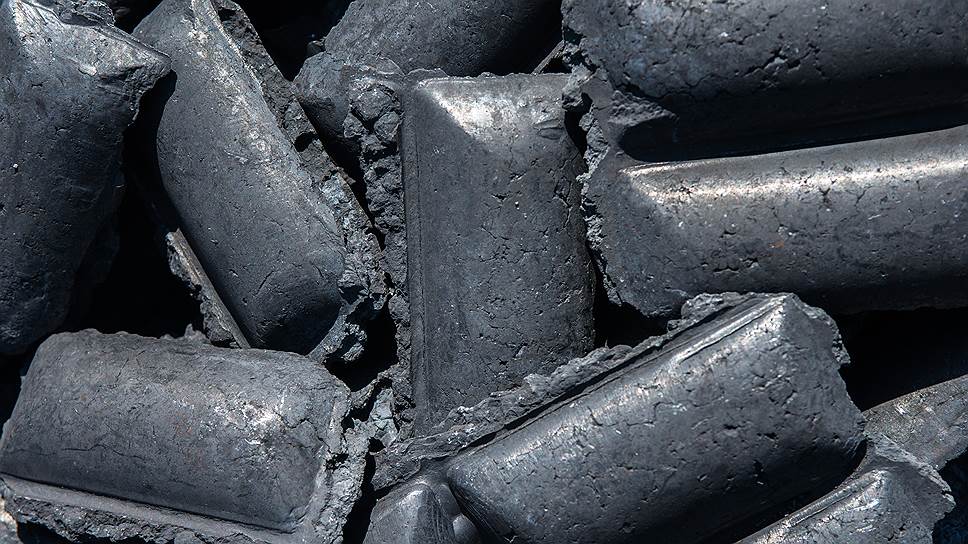Have you ever heard about iron sludge composition and its use? In the following context, we have mentioned points on sewage sludge utilization and also the composition of the iron sludge. So if you want to reach success in this field, try not to miss this text.
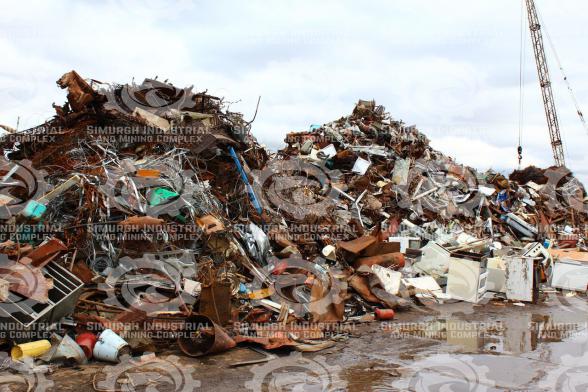
Iron sludge composition applications in industry
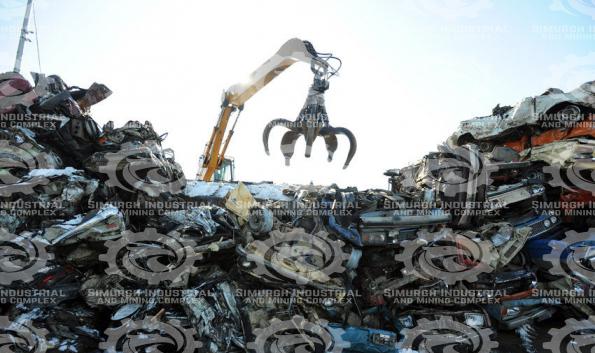 Due to the positive results of the use of Converter and slag sludge in Isfahan Steel Plant to treat chlorosis caused by iron deficiency in various plants in previous research, in this study the optimal use of these two compounds and also the ability to absorb some essential elements in Converter sludge and slag For the corn plant was examined on the farm. Converter sludge contains about 64% by weight of two- and three-dimensional iron oxides and some other essential elements of plants and slag contain about 17% of iron oxides, 52.8% of calcium oxide, and a large amount of other essential elements.
Due to the positive results of the use of Converter and slag sludge in Isfahan Steel Plant to treat chlorosis caused by iron deficiency in various plants in previous research, in this study the optimal use of these two compounds and also the ability to absorb some essential elements in Converter sludge and slag For the corn plant was examined on the farm. Converter sludge contains about 64% by weight of two- and three-dimensional iron oxides and some other essential elements of plants and slag contain about 17% of iron oxides, 52.8% of calcium oxide, and a large amount of other essential elements.
The possibility of using Converter sludge, a by-product of the steel industry, was considered as iron fertilizer. Approximately 64% of the weight of this substance is made up of two- and three-dimensional oxides of iron and the rest are main elements such as calcium, silicon, manganese, potassium, and phosphorus. This study was performed as an incubation test in three calcareous soils with 400 g samples in-field moisture capacity and room temperature for two months. Treatments included different levels of conjunctival sludge (0, 4, and 8%), sludge with elemental sulfur and thiobacillus, and acidic sludge. A sampling of the treatments was performed at 1, 10, 30, and 60 days after the start of the experiment.
Export data for iron sludge composition in 2020
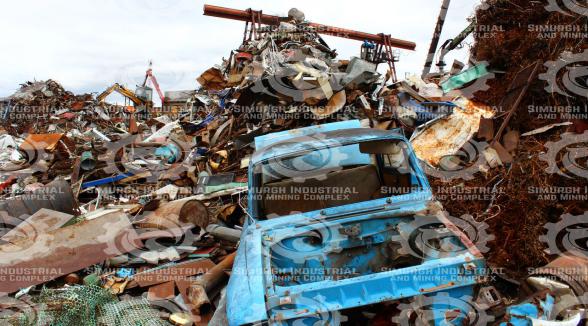 Along with the production of iron and steel, significant amounts of solid waste are produced in the form of dust and sludge, and the amount of this waste is increasing every year. Disposal or reuse of these wastes is one of the most important concerns of the iron and steel industry. Most of the data export is to the neighbor countries like Iraq or Turkey.
Along with the production of iron and steel, significant amounts of solid waste are produced in the form of dust and sludge, and the amount of this waste is increasing every year. Disposal or reuse of these wastes is one of the most important concerns of the iron and steel industry. Most of the data export is to the neighbor countries like Iraq or Turkey.
The acidification of the converter sludge significantly increased the adsorption capacity of the soil iron, but the adsorbent content of this element generally decreased over time. The use of converter sludge with elemental sulfur alone increased the iron and manganese absorption potential of soils compared to sludge treatments alone.
Also, the use of converter sludge alone and in combination with elemental sulfuric acid sulfur caused a slight increase in the adsorption capacity of soil phosphorus. Based on the results of this study, it can be found that the sludge converter for steelmaking has the potential to be used as iron fertilizer in calcareous soils, although more greenhouse and field research is needed to investigate this issue.
You can contact us to buy and sell this product:
Sales consultant: Ms. Leila Nematzadeh
Ways of communication: Phone number: 02147623014
Phone number: 02147623014
 Phone number: 04133660491
Phone number: 04133660491
 Phone number: 09120169267
Phone number: 09120169267
 WhatsApp Response (Skype): click
WhatsApp Response (Skype): click
 Instagram: simurgh_steel_company@
Instagram: simurgh_steel_company@
 email: info@simurghsteelco.com
email: info@simurghsteelco.com
 email: ironore110@gmail.com
email: ironore110@gmail.com
 Facebook: ironore110@
Facebook: ironore110@
 LinkedIn: simurgh-iron-and-steel-company-a68295180@
LinkedIn: simurgh-iron-and-steel-company-a68295180@
 twitter: CoSimurgh@
twitter: CoSimurgh@
